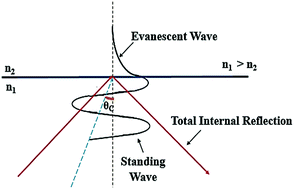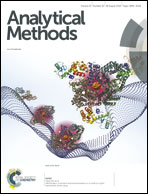Recent advancements in the methodologies applied for the sensitivity enhancement of surface plasmon resonance sensors
Abstract
Surface plasmon resonance (SPR) technology has widened the use of sophisticated methodologies for studying biological and chemical systems in terms of analyzing protein structures, determining the analyte concentration and retrieval of kinetic and equilibrium parameters. However, one of the main challenges in the use of SPR sensors is to detect biological or chemical entities of low molecular weight and/or trace concentration. This drawback can be easily remediated through sensitivity-enhancement techniques. In particular, this paper discusses the fundamentals of surface plasmon resonance sensors and reviews the latest sensitivity enhancement methods such as the application of gold nanoparticles/nanostructures, magnetic nanoparticles and multilayer thin film structures. Specific recognition elements, when derivatized with nanoparticles, significantly increase the sensitivity of the SPR sensor. The main reason for sensitivity enhancement is the increase of analyte refractive index in the analyte–nanoparticle (NP) conjugates. Another important approach is the use of high refractive index thin layer films that lead to the enhancement of the surface plasmon electromagnetic field. These dielectric materials enhance the sensitivity of the SPR sensor through high absorption of the incident light and transfer it to the surface plasmons with minimum loss of energy. This review article provides a broad perspective on the state of the art of hypersensitive optical sensors.

- This article is part of the themed collection: Recent Review Articles


 Please wait while we load your content...
Please wait while we load your content...